How Do Pigs Cool Off? (+ How to Cool Them Off in Summer)
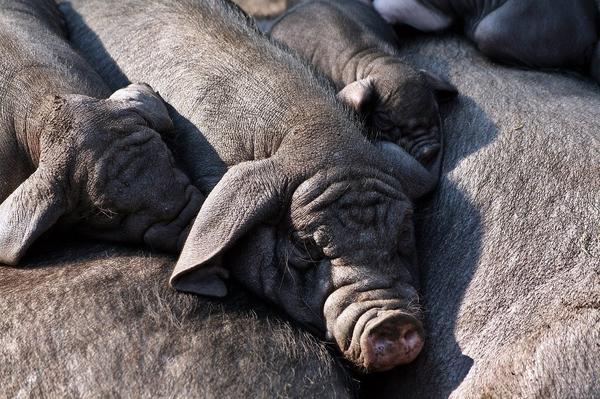
Sweltering summer days can wreak havoc on our furry friends.
Do you lie awake at night, staring at the fan, a bead of sweat slowly trickling down your forehead, worrying about those poor, panting pigs?
Imagine this:
Scorching temperatures, oinking in agony, desperately seeking relief from the relentless heat. 😢
It's enough to make your heart ache.
But fear not, my concerned compadres, for today we embark on a journey to discover just how pigs cool off.
Let's find some solutions, shall we?
Tips for Keeping Your Pigs Cool in the Summer
To keep your pigs cool during summer, it's crucial for their well-being. 🌞
Here are some tips to help you achieve that:
- Teach your pigs to take baths so you can cool them off when needed.
- Give them access to water or mud, which will help regulate their body temperature.
- Limit their physical activities during hot weather to reduce heat stress.
- Reduce their feed intake, as less food means less heat generated from digestion, helping them stay cool.
- Make sure there is plenty of cool drinking water available to prevent dehydration and worsened heat stress.
- Consider using sprinkler systems or drip coolers for additional evaporative cooling in confinement spaces.
- Regularly check the water sources to keep them functioning properly and ensure your pigs stay hydrated.
- Create shaded areas or shelters where they can seek cover from the sun, providing comfort and safety.
Ensuring your pigs stay cool and prevent heat-related health problems can be achieved by adopting these useful suggestions.
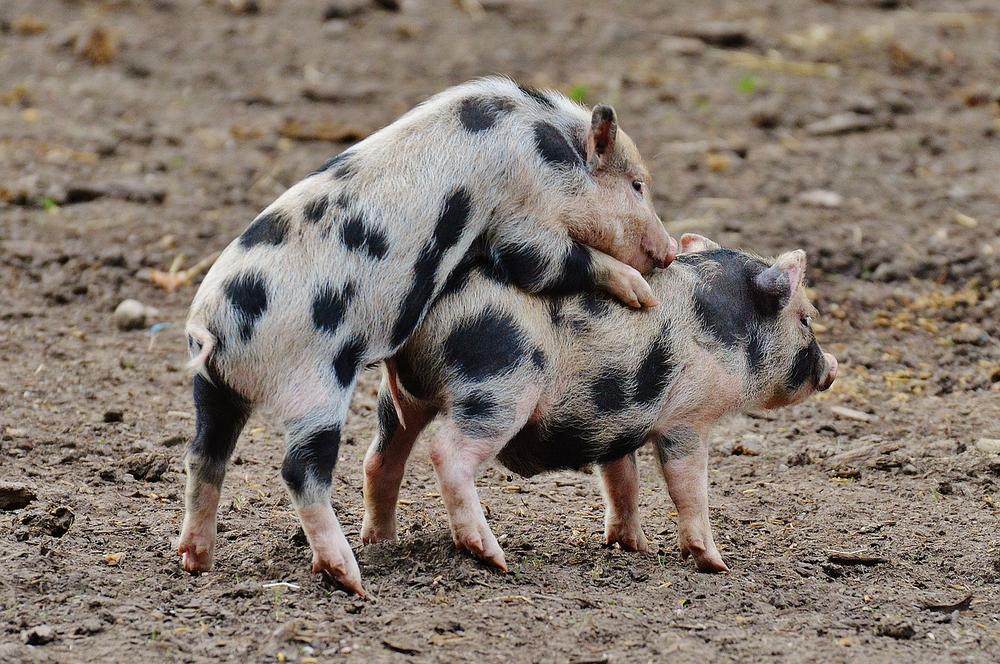
Remember, taking care of your pigs in the heat is essential for their overall well-being.
Main points I'll expand upon further down this article:
- Excessive heat can cause sickness and diseases in pigs.
- Look out for signs of heat stress, such as panting, increased water consumption, and reduced appetite.
- Sprinklers are more effective than misters in promoting pig comfort.
- Balancing temperature, ventilation, and humidity is crucial for pig well-being.
- Providing sufficient water and shelter is essential for pigs during hot weather.
- Cooling systems like fans and coolers improve air circulation and create a cooler environment.
- Using larger water droplets and installing fans aid in evaporative and convective heat loss.
- Adjusting diets to be more nutrient-dense with higher fat levels reduces heat generated during digestion.
- Increasing floor space per pig enhances heat dissipation and overall comfort.
- Seek expert advice on managing heat stress in pigs and utilize strategies like increased contact with cool surfaces and increased respiration rates.
But how do you know if your pigs are actually experiencing heat stress?
Let me share with you some crucial signs to watch out for in order to maintain the health and well-being of your beloved animals.
Understanding these indicators will empower you to take proactive measures and prevent any potential sickness or diseases that could arise from prolonged exposure to extreme temperatures.
So, let's dive into the key indicators of heat stress and learn how you can ensure pig comfort during hot summer days!
Recognizing the Symptoms of Heat Stress
Pay attention to your pigs and ensure they're healthy.
Look out for excessive panting, it's a clear sign they're too hot.
Another symptom is increased water intake, as their bodies are trying to cool down.
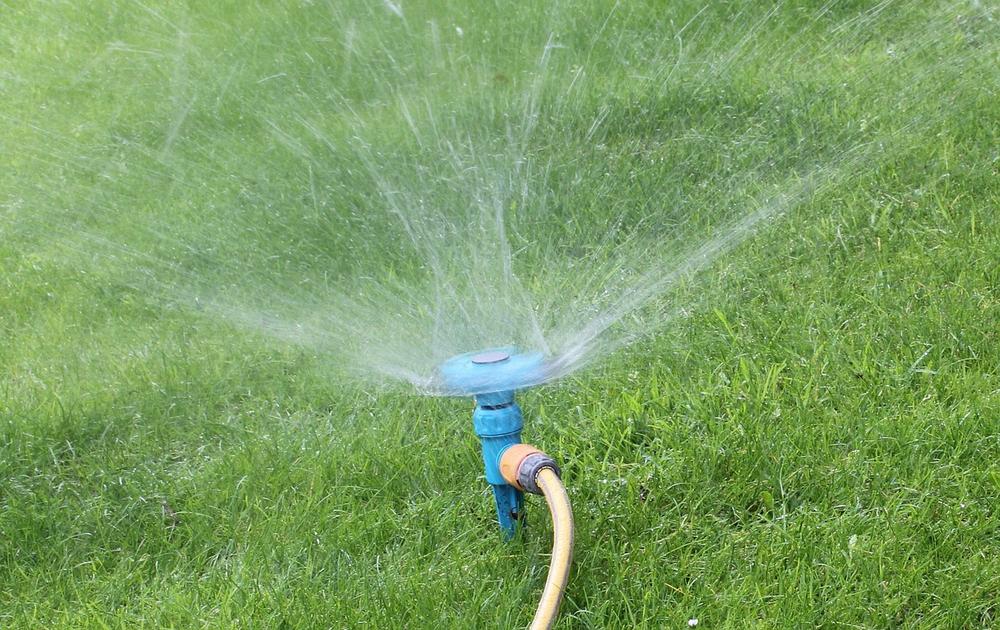
Watch for reduced appetite; when pigs are overheated, they may lose interest in eating. Heat stress can lead to more serious issues like pneumonia or heatstroke if you don't act.
So stay vigilant and take action if you see any of these symptoms.
One way to keep pigs comfortable is by using sprinklers instead of misters, this encourages them to create wallows - a cool and cozy spot to rest.
These steps will prevent heat stress and keep your pigs well. 😎
And now, let's delve into some key strategies and techniques to help you strike the right balance of temperature and ventilation in your pig barn during hot summer days...
Strategies for Optimal Temperature, Ventilation, and Humidity in Barns
Enhancing air circulation and reducing heat buildup
Let's talk about why it's important for you to focus on temperature, ventilation, and humidity in your barn - especially when it comes to our lovely animals, pigs!
One great way for you to keep the air flowing and maintain a cool temperature is by installing fans or a proper ventilation system in your barn.
Trust me, your pigs will thank you for it.
When it gets hot outside, water becomes crucial for your pigs. Make sure you provide them with plenty of water to keep them hydrated.
Oh, and don't forget to give them some shade too...
It not only provides relief from the sun, but also prevents overheating.
Improving air circulation and creating a comfortable environment
To create the best conditions possible in your barn for your pigs, it's important for you to keep it clean and use cooling systems like fans or coolers.
These will help circulate the air and create a comfortable atmosphere that your pigs will love.
You can also make a difference by adjusting your pigs' diets during the summer months. Consider feeding them food that is packed with nutrients and higher fat levels. This will help reduce the heat generated during digestion and keep them cool.
Strategies to combat heat stress in pigs
Heat stress is no joke, my friends...
But don't worry, there are ways for you to combat it.
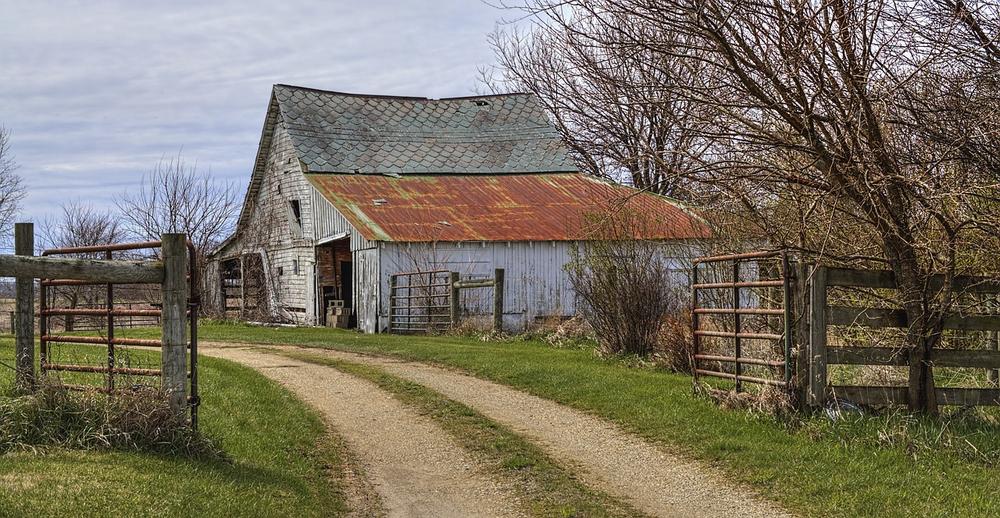
Increasing the floor space per pig allows for better heat dissipation and overall comfort, especially in hotter temperatures.
Make sure your pigs have access to cool surfaces to lie on, like concrete slabs or water troughs.
They'll love chilling out on them!
Good airflow within the barn is crucial for increased respiration rates.
This helps evaporate moisture from your pigs' lungs, which aids in cooling.
Lastly, if you want specific advice tailored to your situation, I highly recommend seeking guidance from experts who can provide valuable information on managing heat stress in pigs. Trust me, it's worth every effort!
And speaking of caring for your pigs, when it comes to addressing behavioral issues and effectively disciplining a mini pig, my blog post has you covered.
If you want to know the best techniques and methods, take a look at my article on Pig Discipline Technique.
You'll find practical advice and guidance tailored to your situation.
Managing Humidity and Cooling Techniques for Pigs
To keep pigs comfortable and healthy, you need to manage humidity and cooling. 🐷
Here's what you should do:
- You can control moisture levels and prevent discomfort by installing dehumidifiers in areas with high humidity.
- Individually housed sows can benefit from direct evaporative cooling. This involves dripping water on their neck and shoulders while using fans to create a cooling effect.
- Make sure you regularly monitor temperature and humidity levels to provide the best environment for your pigs.
- Prevent heat stress and promote airflow by providing plenty of shade and ventilation in the pig housing area.
- During hot weather, consider implementing sprinkler systems or misters to cool down the pigs.
- Adjust feeding schedules so that pigs don't eat during peak heat times, which can affect their feed intake and digestion.
- Thermal curtains that automatically adjust based on temperature can help regulate the heat inside the pig housing area.
- Encourage pigs to access water sources frequently. This will keep them hydrated and cool.
- You must keep the pigs' living quarters clean and dry. Excessive moisture can lead to health problems and make them uncomfortable.
- Seek guidance from experts in pig farming to learn about specific cooling techniques suitable for your facility.
Following these guidelines will help you effectively handle humidity levels, which will result in the comfort, well-being, and performance enhancement of your pigs.
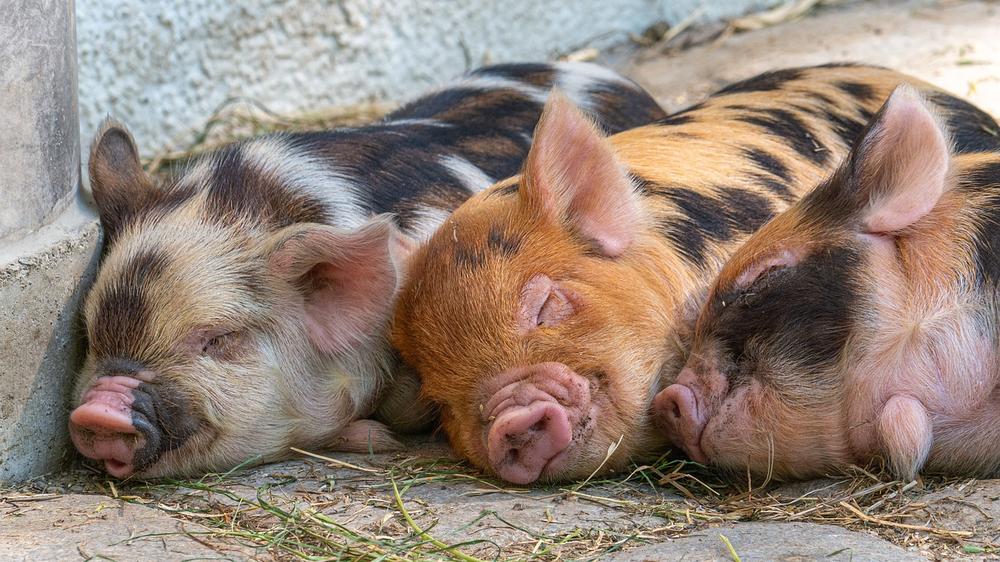
And it gets worse during those scorching summer days.
The well-being of your precious pigs is at stake if you don't take the necessary measures to keep them cool.
But what if I told you there's an ingenious solution?
Something simple yet effective that can make all the difference in ensuring the safety and comfort of your pigs?
Can Pigs Overheat?
When pigs get too hot, you can do a couple of things to help them chill out:
- Give 'em some shade. Stick an umbrella or find a tree or shelter where they can escape from the scorching sun.
- Slap on some reflective stuff. Cover their living space with aluminum foil or use heat-reflective paint so it doesn't soak up all that heat.
- Get 'em wet. Consider setting up sprinklers or misters to bring down the temperature around the piggies.
- Keep 'em hydrated. Make sure they have access to cool water and remind them to gulp it down regularly.
- Let 'em splash in some mud or paddle in a shallow pool if you can swing it.
- Watch what they munch on. Adjust their feeding times to avoid hefty meals when it's blazing outside.
- Keep a close eye on your porky pals. Look out for signs of heat stress like panting, drooling, or lying down for long stretches.
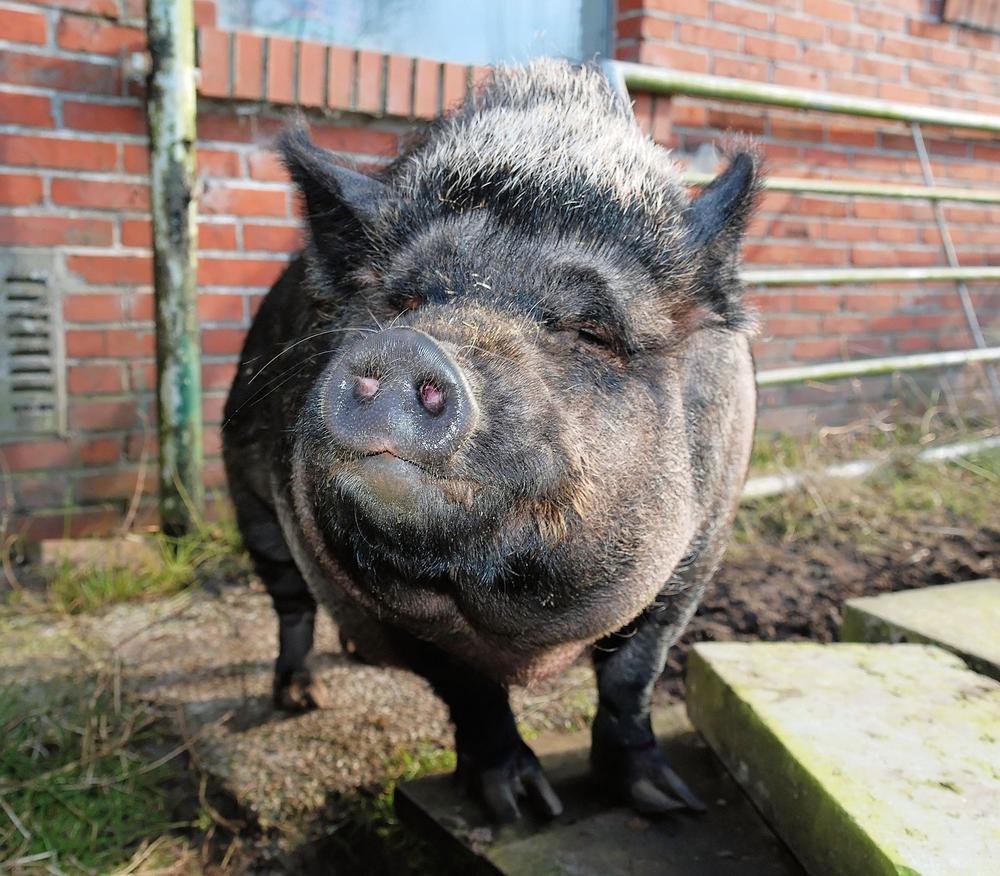
Big pigs over 100 lbs. are especially at risk, so you better hustle to keep them safe and sound when the weather sizzles.
And, you ought to note that pigs have a limited number of sweat glands and cannot regulate their body temperature like humans do.
Unlike us, pigs do not have functional sweat glands and cannot rely on evaporation to cool themselves off...
Do Pigs Sweat Through Their Skin?
Pigs, unlike humans, have a limited number of sweat glands and cannot regulate their body temperature like we do.
Without functional sweat glands, pigs can't rely on evaporation to keep cool during sweltering days.
To help these animals stay comfortable in the heat, you can offer them cold wet towels or blankets.
This external cooling method will not only provide relief to the pigs but also aid in preventing overheating.
So you should remember that when the sun blazes hot, your porcine pals will greatly appreciate a refreshing way to beat the heat.
And that's all for today folks.
You made it to the end of my blog post, so let me ask you... Did you enjoy it? I put a tremendous amount of effort into creating detailed and helpful blog posts. It truly takes up a significant portion of my time in order to make them as informative as possible. Therefore, I would greatly appreciate it if you could click on any of the social sharing icons to share this blog post with others. Thank you so much!
Until next time,
-Chris Campbell